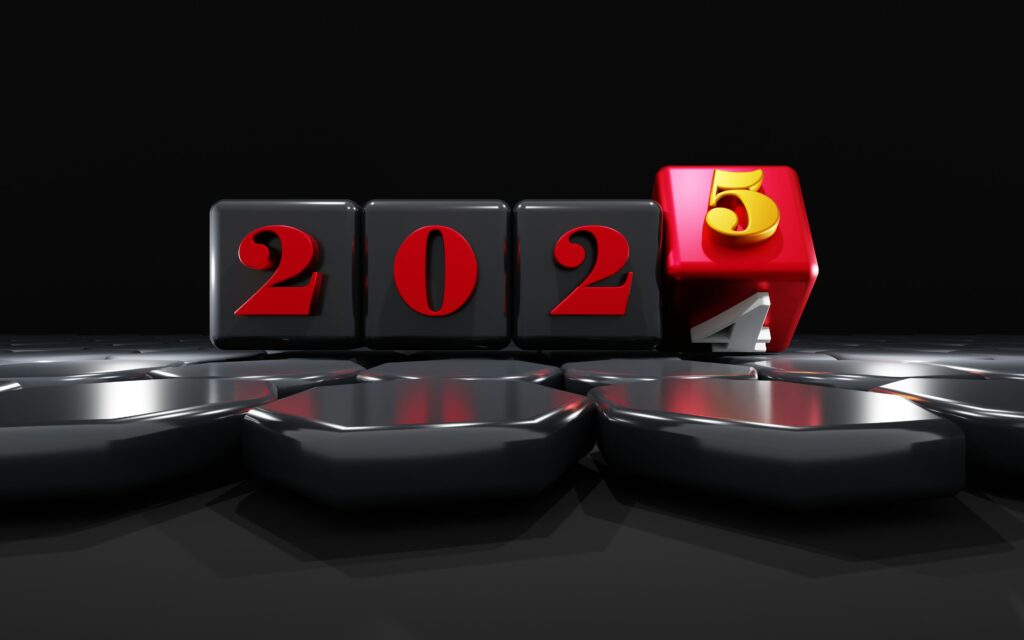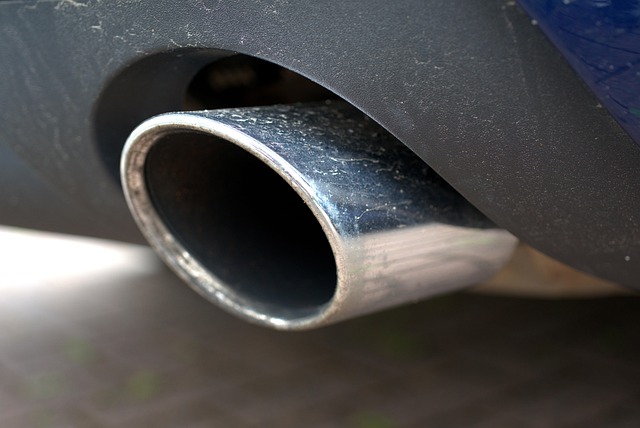Consider the Size
It is crucial to choose a jigsaw puzzle that is the right size for a 5yearold to handle comfortably. Look for puzzles with larger pieces that are easy for small hands to manipulate. Consider puzzles with 24 to 48 pieces for a good balance of challenge and fun. Remember, the goal is to provide a stimulating activity that promotes problemsolving skills without overwhelming the child.
Look for Colorful and Engaging Designs
Opt for jigsaw puzzles with vibrant and engaging designs that will capture the child’s attention. Choose themes that interest the child, such as animals, vehicles, or their favorite cartoon characters. A visually appealing puzzle will not only entertain the child but also encourage them to stay focused and motivated to complete the puzzle.
Consider the Material
Select a jigsaw puzzle made from durable materials that can withstand the wear and tear of young hands. Opt for puzzles that are easy to clean and maintain to ensure longlasting use. Additionally, choosing puzzles made from ecofriendly materials is not only beneficial for the environment but also safe for children to play with.
Check for Educational Value
Look for jigsaw puzzles that offer educational benefits beyond just entertainment. Choose puzzles that can help develop the child’s cognitive and motor skills, such as shape recognition, handeye coordination, and problemsolving abilities. Educational puzzles can provide a valuable learning experience while keeping the child engaged and entertained.
Engage the Child in the Selection Process
Involve the child in choosing their jigsaw puzzle to spark their interest and excitement. Allow them to pick a puzzle with a design that appeals to them and matches their current skill level. By involving the child in the decisionmaking process, you can enhance their sense of ownership and motivation to complete the puzzle.
In conclusion, selecting a childfriendly jigsaw puzzle for a 5yearold involves considering the size, design, material, educational value, and engaging the child in the selection process. By following these tips, you can choose a puzzle that will provide hours of entertainment and learning for the young child. Remember to prioritize safety, durability, and educational benefits when selecting a jigsaw puzzle for a 5yearold.


